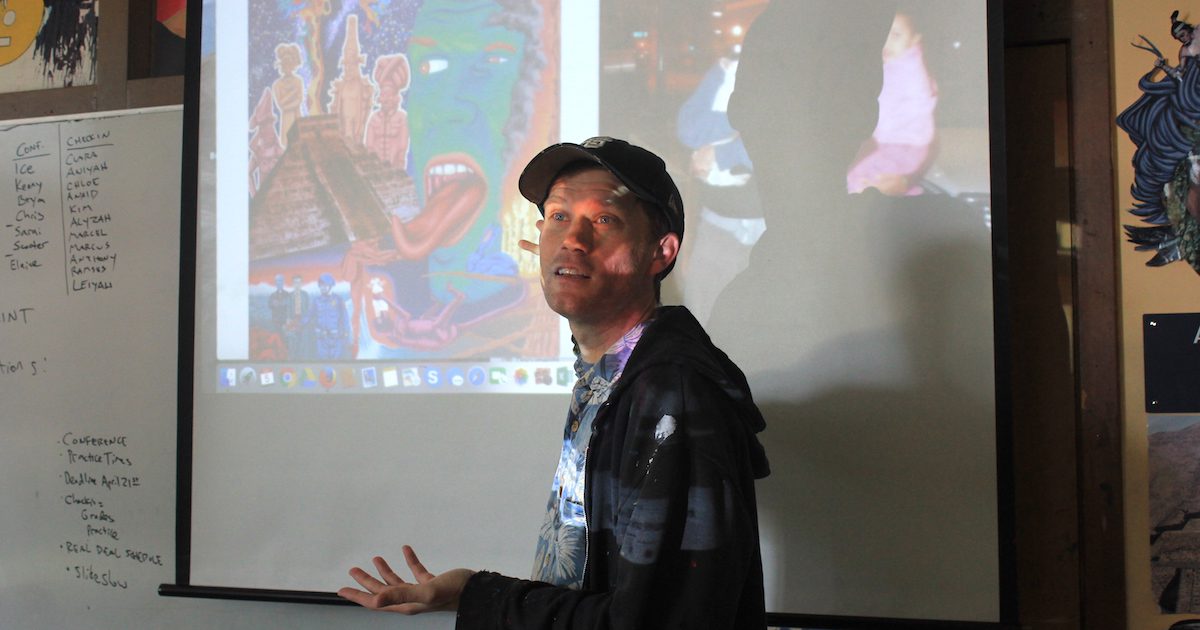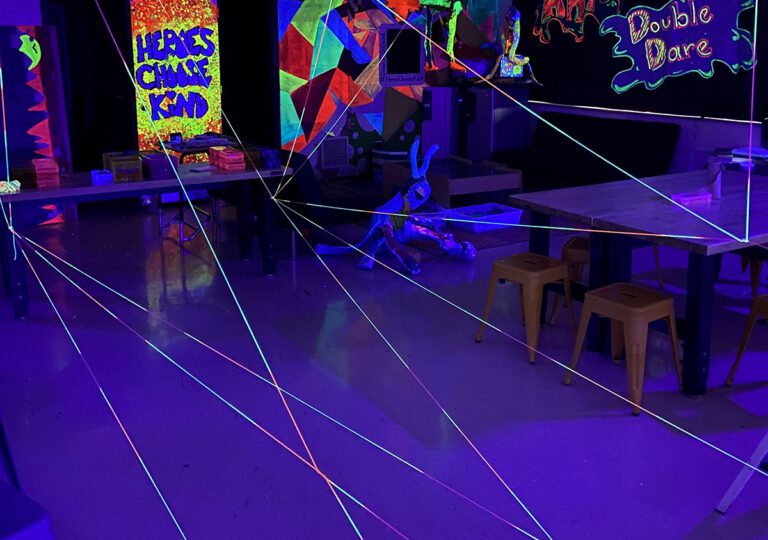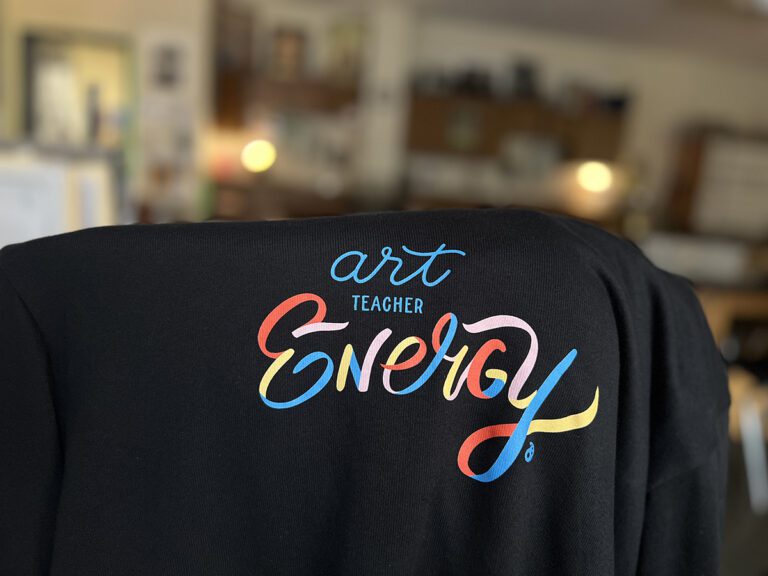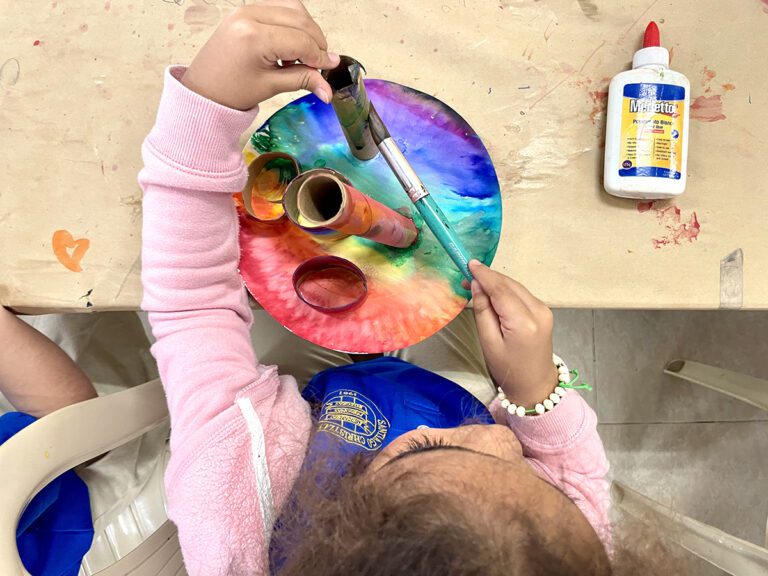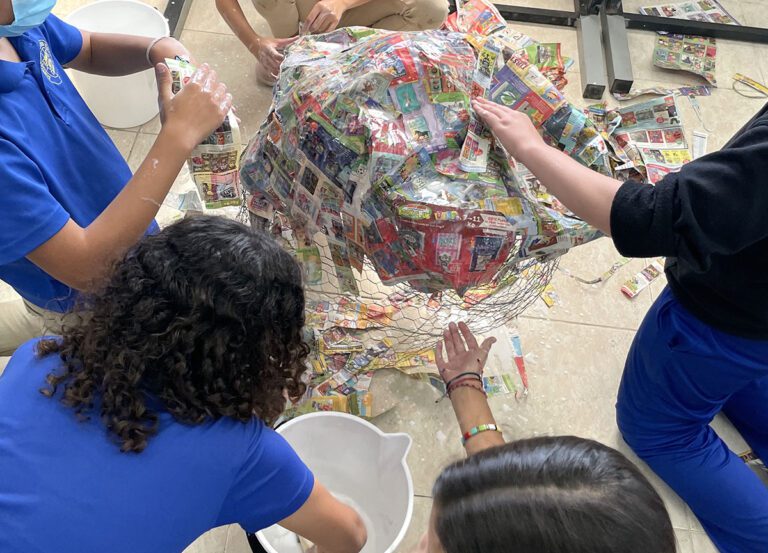Have you ever shared your own artwork with your students? If not, I highly recommend that you try it. Art educators may feel a sense of hesitation to reveal personal work to their classes. Questions can arise: Is there a way showing off my own artwork can backfire? Is the content of my work above and beyond the grasp of my students? Many questions can be posed, but the benefits far outweigh the concerns. Showing our own process and products has a stimulating effect on a community of student artists.
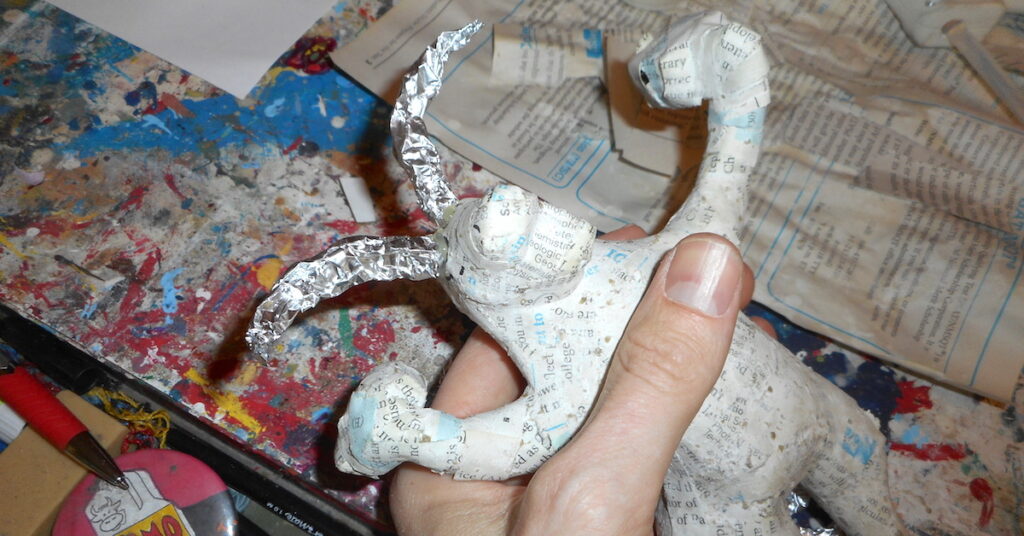
The Benefits of Sharing Our Work
Often, students come into art classes feeling anxious and vulnerable. They are asked to create work that reveals their technical abilities as well as their personal worlds. Art assignments can reveal a lot about individuals and may cause fear, uncertainty, and discomfort. Whether or not we always realize it, some students need to know their instructor has their back and understands what this is like.
By showing our own artwork with students, we join them in the risks of vulnerability. We can reassure students that taking risks can be powerful in certain circumstances. Narrating our process and intentions can inspire new interests in our students. How often do students get to hear directly from an artist about their work? When we reveal our own most personal work and explain it to our students, we dissolve the structures of hierarchy and power. When we explain our mistakes and the challenges we had to overcome, we present rigor as an authentic value. Sharing our own work inspires students, helps create a communal bond as a studio of working artists, and promotes an inclusive culture.
As artist educators, we can share our work in three important ways.
All of them are equally important and can be used at any time during the school year.
1. Digital Imagery
The easiest way to share our work with students is digitally. Projecting images allows you to show multiple works quickly and zoom in on areas to show detail.

Have some questions ready to pose to your students to help them make connections. Often, even if students have questions, they will feel uncomfortable asking you directly.
Here are some questions you might ask students:
- What other work does the piece relate to?
- What do you think the meaning of this work is?
- What do you think inspired the creation of this particular work?
- Where do you think I had the most difficult time in this art piece and why?
2. Physical Art Pieces
Bringing in physical art pieces for students to experience is a powerful act. Students love to interact with a live piece of art, regardless of it is a drawing, painting, or sculpture. When there is a physical piece of art to engage with, often times students will want to touch it. Be prepared for that. If the piece is delicate and should not be touched, make sure to emphasize that fact.
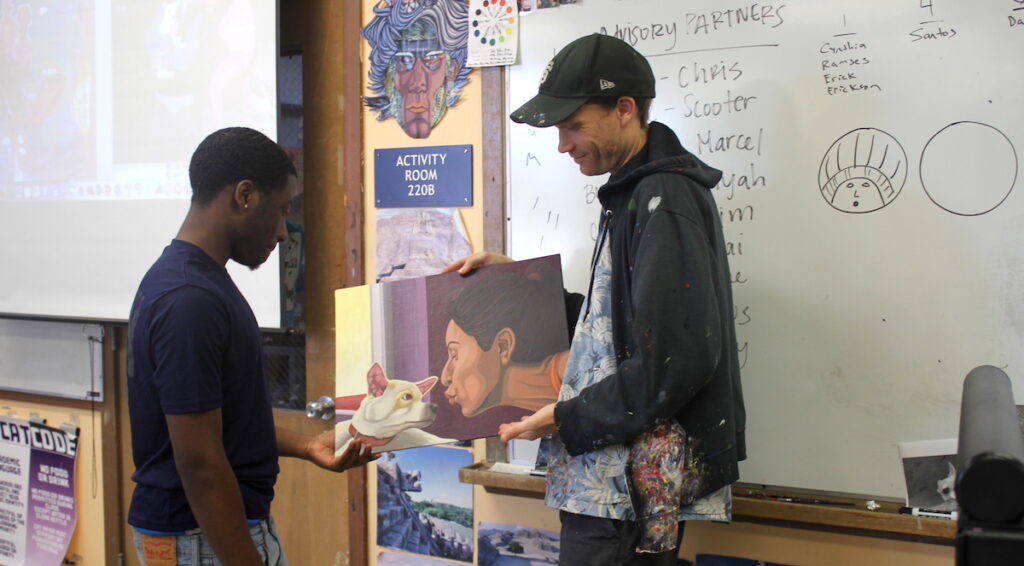
There are benefits to bringing in artwork that are not as prevalent in digital documentation. First, students can access a physical piece as often as they like. A digital image is great, but once that image is gone, there is only a memory left. With an art piece in the room, a student can go back and constantly investigate a portion or technique that is speaking to them. Plus, physical pieces can help explain to students that there are ideal viewing distances for different pieces. Some pieces are meant to be analyzed up close to fully appreciate the detail. Others are best viewed from farther away so various components blend and speak to each other differently.
3. Works in Progress
Having work that is still in progress to show off, whether digitally or physically, provides another great learning opportunity for students. Why not have a small painting that you are working on in the corner of the room? Why not bring in a side project you have been working on? Students often see exemplars of finished work but can feel perplexed about how to get to that point. We need to show students when a piece is in progress, it might not feel right. There might be areas that need revisiting or that are keeping us stuck. We can also ask students for their feedback and ideas as a way to elevate their confidence as individual artistic people.
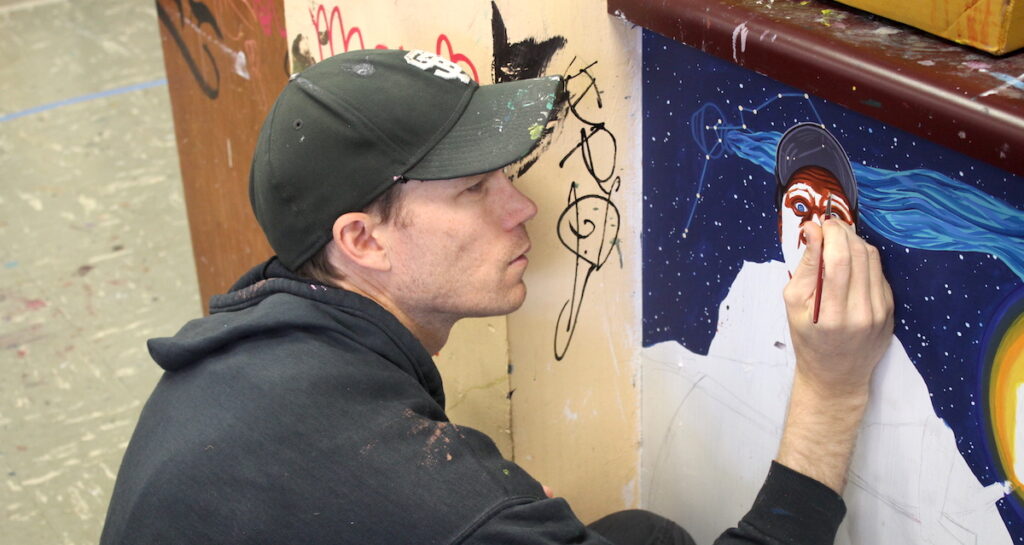
In my own practice, I like to have a small mural going throughout the year that students can see in all of its stages of development. Connections are constantly being made when they see my approach to the challenge of creation. Some of the ways we teach, like painting back to front or dark to light, make more sense when students see them up close.
Hopefully, art instructors are practicing the inclusive, vulnerable, and educational act of sharing personal work with students. None of my teachers did this through my years in art classes, and that lack of connection permeated throughout the classroom. We should strive to connect with our students and give them opportunities to see who we really are as artists. We have the unique opportunity to share our most personal pursuits with our students in ways no other discipline can. Let us take advantage of this profound opportunity.
What is your philosophy of sharing your own work with students?
What has your experience been like when you bring your work to the classroom?
Magazine articles and podcasts are opinions of professional education contributors and do not necessarily represent the position of the Art of Education University (AOEU) or its academic offerings. Contributors use terms in the way they are most often talked about in the scope of their educational experiences.
